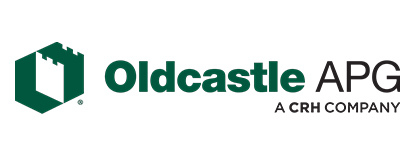History
Located in the upper Piedmont region of South Carolina, Fairfield County, with its rolling hills and fertile valleys, is well-known for its picturesque scenery. The County is also known for its "pines, ponds and pastures" and as a place for people to enjoy living in a serene country atmosphere. The County is steeped in history and populated by people proud of their heritage. Fairfield County has over 100 historical buildings, churches, and homes. And scattered throughout the picturesque county are monuments and memories that speak of the unique traditions and culture of the area and the Upcountry.
Situated between the Broad River on the west and the Wateree River (now Lake Wateree) on the east, the area was hunting ground for several Indian tribes. Arrowheads and pieces of Indian pottery can still be found on the banks of these bodies of water.
The Origin of Winnsboro
The name of the town was changed to "Winnsboro" and incorporated in 1832. The first settler to come to the area was Thomas Nightingale. His love of horses drew him in 1740 to a "cow-pen" establishment about five miles from where a town began. Other settlers came in the middle of the 18th century. These were primarily Scotch-Irish, a proud, religious people with a strong belief in education, but also included Germans, English, and Huguenots. "Winnsborough," settled on land owned by the Winn family, had about 20 houses when it was occupied during the Revolutionary War by British soldiers under Lord Cornwallis. The British camped in the town from October 1780 to January 1781. Richard Winn, John Winn, and John Vanderhorst led "Winnsborough" to be chartered in 1785 and made the seat of justice for the Fairfield District. Mount Zion Institute in Winnsboro was the first school to be established in the South Carolina Upcountry. Begun in 1777, Mount Zion was the forerunner of other schools in evidence until public schools were mandated by law in 1878.
Fairfield County and the American Revolution
The occupation of Winnsboro by Lord Cornwallis during the Revolution only interrupted classes. A granite marker on the campus is a reminder of his encampment. Mt. Zion did not close during the War Between the States, but classes were relocated to the Baptist Church and other buildings when it was taken over as a military hospital. Federal troops occupied the building late in the war. The school continued in operation as an elementary and high school for many years and later as an elementary school. The facility was closed in 1991.
Fairfield County Architecture
South Carolina's General Assembly authorized Winnsboro's town fathers to build a market house that "shall not be of greater width than 30 feet" to allow 30 feet of wagon travel on either side. The narrow building was modeled after Independence Hall in Philadelphia and built on the site of a duck pond. A clock was added in 1837, and the building has since been known as the Town Clock. Residents boast the clock is the longest continuously running clock in the United States.
Available Properties
Fairfield County has thousands of acres primed for Industrial use and a diverse inventory of existing buildings, all within a few minutes of interstate access.
LINK TO VIEWAccessibility
Over 1 million people within an hour's drive and nearly half the population of the United States within a single days' drive. Two hours from the most efficient port on the East Coast.
LINK TO VIEW















